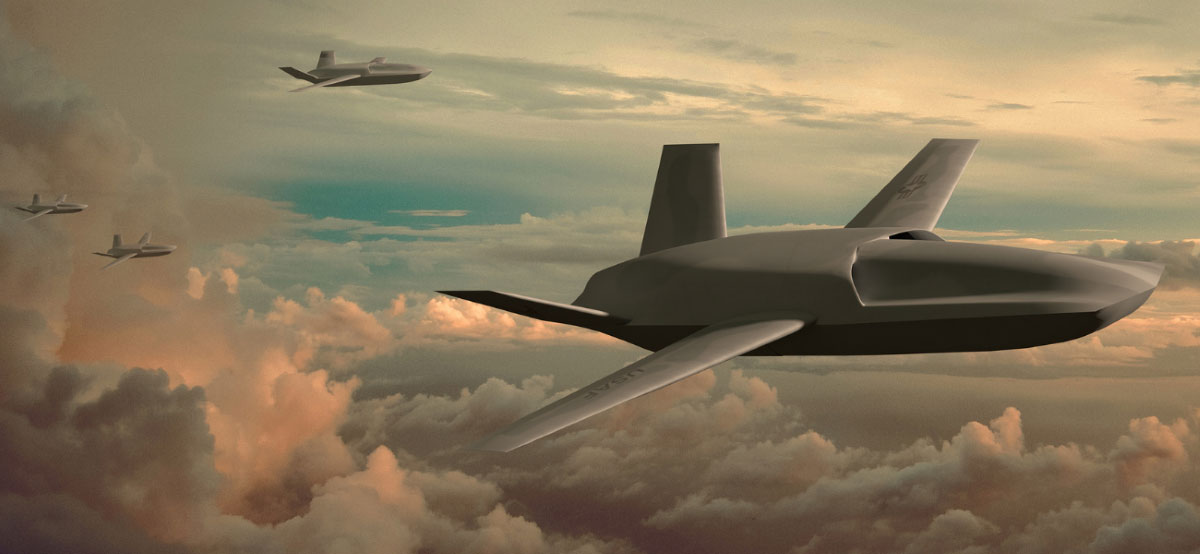US Air Force selects four defense giants and startup Anduril for AI drone program

Key Points
- The U.S. Air Force is working on the Collaborative Combat Aircraft (CCA) program, which aims to develop autonomous drones to work alongside fighter aircraft such as the F-35A Joint Strike Fighter.
- The goal is to produce at least 1,000 Loyal Wingman drones over the next five years for missions such as electronic warfare, communications, and air-to-ground and air-to-air combat.
- Five companies — Boeing, Lockheed Martin, Northrop Grumman, General Atomics, and AI-focused startup Anduril — were selected to develop the CCA drones.
The US Air Force is developing autonomous combat aircraft. The five partners in the project have now been announced — including defense startup Anduril.
The Collaborative Combat Aircraft (CCA) program, a priority for the Air Force, aims to develop highly autonomous drones that will initially work alongside the F-35A Joint Strike Fighter and the Next Generation Air Dominance fighter. Despite budget issues and concerns about the cost and capabilities of the drones, the goal remains to produce at least 1,000 of these "Loyal Wingman" drones within the next five years.
The drones will be used for missions such as electronic warfare, air defense suppression, communications, or as weapons platforms. They are expected to increase combat effectiveness at a lower cost than manned aircraft. The CCA program plays a central role in the U.S. Air Force's future operational vision and is considered critical to delivering advanced capabilities in large numbers at relatively low cost.
The five companies selected to develop the CCA drones have now been finalized. They include well-known defense contractors Boeing, Lockheed Martin, Northrop Grumman, and General Atomics, as well as defense startup Anduril.
CCA program seeks "affordable mass"
Anduril, which bills itself as a non-traditional defense company, differs from established defense contractors in its focus on AI and smaller drones. Its products, such as the Fury drone and the Lattice software platform, which is designed to enable autonomous systems to work together dynamically and under human supervision in complex missions, could be relevant to the CCA. Lattice has been tested by NATO.
Although the CCA program is still in development and has been slowed by budget problems, the Air Force's vision is clear: drones should play a central role in the concept of "affordable mass" and be critical to success in future conflicts, especially against adversaries such as China.
AI News Without the Hype – Curated by Humans
As a THE DECODER subscriber, you get ad-free reading, our weekly AI newsletter, the exclusive "AI Radar" Frontier Report 6× per year, access to comments, and our complete archive.
Subscribe now